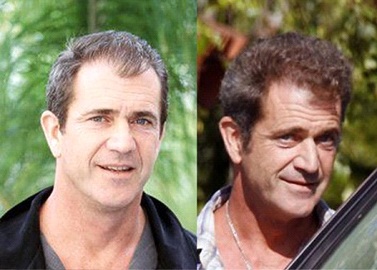Introduction

Hair Transplant is a medical cosmetic surgery that includes transferring single hair follicles from one part of the body to the bald part. It is predominantly used to treat, or in a way cure, male pattern baldness. In order to treat this type of baldness, hair follicles that are hereditarily impervious to balding are transplanted to bald scalp. Moreover, it is used to restore hair on other parts of a human body, for example, eyelashes, eyebrows, beard hair, chest hair, and pubic hair. Hair Transplant is also used to fill in scars caused by accidents or surgeries for instance face-lifts and past hair transplants. Nowadays the most advanced techniques used to transplant hair revolve around transplanting naturally occurring hair follicular units in their natural groupings. This is to give a natural look and appearance by making the transplanted hair look like natural growing hair. This hair transplant method is called “Follicular Unit Transplantation (FUT)” and is done in two different ways; “Strip Harvesting” and “Follicular unit Extraction or FUE Harvesting.”
History
In 1939, Dr. Okuda, a Japanese dermatologist, revolutionized Japanese medical by using small grafts that were related to the technique of hair transplantation done today. Other names which contributed to this field include Dr. Norman Orentreich, Dr. Robert Bernstein and Dr. Bobby Limmer. They did experiments and introduced new dimensions to this field of cosmetic surgery. The field has progressed so much that nowadays it is hard to figure out any difference between natural hair and transplanted hair.
Features
The hair transplant surgery can be very useful if done right. Hair transplant surgery can yield lifelong results that seem almost natural. The art is to choose the right clinic and technique of hair restoration. If the technique is not done the right way, it can prove to be very risky. Hence it is essential to choose a certified clinic with professional doctors hired for this very surgery. As you read, the surgery is going through a new significant development that is going to improve the natural look and volume of hair. The surgical blades used in these techniques are becoming smaller and smaller. Their size is now almost the size of hair grafts. This has allowed surgeons to make miniscule graft incisions in a given area out of harm’s way. This has increased the requirement of the use of microscopes in this field because smaller and tightly packed incisions need to be carefully treated under microscopes.
Tips and comments
Despite the fact that the hair transplant does yield natural looking outcomes, its ability to attain high density in just one surgical session is quite limited. Therefore patients have to undergo the transplant surgery subsequent times to achieve the desired results. The significant benefits that patients achieve after a proper and accurate surgery include excellent hair volume and density, negligible trauma, regular pattern in transplanted areas, and little or no pain during the process. In this developed era, if one is just sure about the authenticity and credibility of a clinic and a doctor, then he must not be worried about the procedure of hair transplant because it involves close to minimal risks.